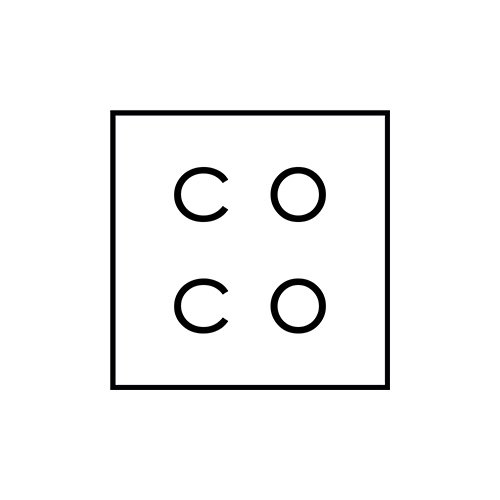The End of the World: Leonid Rotar
The End of the World : Leonid Rotar
Opening : Thursday October 26th from 6-9 pm
COCO | 204 Miracle Mile | Coral Gables, FL
RSVP | 239.961.0452 | info@condecontemporary.com
Exhibition Closes : Friday November 10th
"At 50 years of age, Rotar is too young for a full retrospective, but as an established artist, boldly ignoring the fads of the Noughties, he can allow himself to give something of a summing up of his own personal experience.
The new exhibition identifies a common denominator in his past projects with its purposefully incomplete title: the condensed whittling down of his series “Earth and Heaven”, “Until Tomorrow”, “Don’t Stay Silent”, “Star Shower” fits into an eschatological gallery of magical realism, an archetypal picture of the world on the edge of extinction.
Rotar’s images roam from series to series: rocky landscapes, a vast moon, a boy in a militarized uniform. It is from several of these elements, always located in the mid-ground, that the universe of Leonid Rotar’s painting is constructed, hermetic and non-conformist with regard to the ongoing practise of Russian art. This boy — son of the artist who serves as his model, the similarity in the portraits of the personalities of various pictures again stresses the symbolism of Rotar’s lapidary figurativeness.
Leonid Rotar’s symbols can be grouped into a conditional space that is cramped within the framework of a picture. The focus of attention is always on the shallow mid-ground. The background trails off into eternity where there is no perspective and no space. The foreground, passing beyond the picture’s lower edge, positions itself directly before the spectator. It is a chasm at the edge of which the conditional subject unfolds. We look at it from a little lower down, as one looks up at a statue of an archetypal hero. Rotar’s archetypal boy is a witness to the destruction of the world, in his figure an individualized emotional experience again becomes universal.
Rotar’s graphic world seems to have been switched off like the light in an abandoned house. The most painstakingly painted details are the folds and stitches of the boy’s clothing, the dents in a stone cross. In protective goggles we see the reflection of shooting stars and, perhaps, the most vital element of the entire exhibition project. The encountering of the last star, the admiring of the red moon, the boy pulling the rope from the chasm — they are monumental and immobile. The pagan force of bodies is deceptive, the eyes are full of an impossible, final color of the moon. A form abandoned by the soul that shines an uncreated light.
The plane on which the characters are located is very narrow. It is a bridge between the absence of space behind and the chasm before them. This is a very narrow bridge — it is all that remains of the world. When it wears thin and disappears, there will be no forms. Leonid Rotar’s painting is a frozen instant in the transfer from existence to nonexistence.
Yuri Mamleyev, in his last novel, tried to look beyond this last step on earth. “After the End” was nominated for the “NOS” prize, but unfortunately it cannot be counted among the successes of this celebrated author. Leonid Rotar does not look beyond The End Of The World. It is possible that for this reason his visual universe is so stable.
Leonid Rotar personifies a demiurgical type of artist creating an aesthetic universe that, unlike the complex of methods that is specific to each artist, is based on an ethical conception.
Rotar’s ethics are those of the decaying, the wearing away reality. For this reason the landscape in his paintings is mountainous, rocky, almost lunar. It is empty, the fruits of the earth have dried out, there is no air in Rotar’s pictures which
he, overcoming surrealism, paints as if from nature. The magical realism of this painting is put together from a meagre, limited dictionary of forms and shapes, though Leonid Rotar’s own body is invested with a color that prevails over form.
The aggressive cadmium of the falling stars and Rotar’s inhuman moonlight, which doesn’t exist in nature, materializes in the bodies of a new world with the explosion of beautiful despondence that arises at the edge of the end.
This is a decadent universe at the final boundary in the collapse of form. Rotar’s meagre world of images is not even symbolic. The flat heavenly body does not emanate a light onto the colorless lunar landscapes, they are merely empty symbols, the marks of an existence that has departed and will not return. From the symbol has been torn the topsoil covering of mysteries and mystical quirks that came from the decadent 10th years of the 20th century, from the alchemists and dream-readers of pre-industrial Europe. An impotent admiration of fantastical archetypes tinctured the fin de cicle in the dismal tones of decline and they were brushed aside by a real archetype that turned out to be a vital, warlike and illiterate boor. The ground was diligently cleared for it. This fracturing of decadence, its key point at which the transformation of the aesthetic of decay into the ethics of a barbaric will and a cult of strength takes place, can be seen in the texts of Gippius, Chekhov and Junger, the works of Ciurlonis, Vrubel. Rotar’s decadence is irrevocable, his universe is captured in a point without coordinates, in the never and in the nowhere of the end of the world.
Rotar’s eschatological myth is final and beyond history. It has no gods, no demons, no heroes. It is merely an abstract human figure at the final rising of a dead planet."
- Arseny Shteiner


